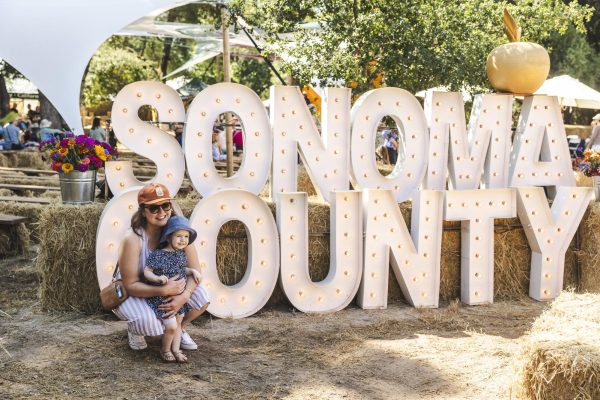The Correlation Between Happiness and Health
Happiness: the state of being happy, stress-free. Contentment. Satisfaction. It’s a common sentiment with many names, but the principles of happiness have been long forgotten. Living in a society fueled by ambition and success, happiness can be hard to find, particularly when parents say “we just want you to succeed,” rather than “we just want you to be happy.” There are no obligations, regrets, or sorrows. A ray of sun filtering through gray clouds after a storm breaks. Happiness is a lost art, but is it possible, as the pressures and strains of modern society weigh on us, that we need happiness to stay healthy?
In the Italian foothills lies a collection of medieval-styled villages called Roseto Valfortore. The laborers of Roseto had worked for centuries in surrounding marble quarries or toiled in the fields of the valley below. Its occupants worked until they were worn to the bones, traversing miles of hills for daily life. They were hardly literate and their economic stance was far from desirable. It wasn’t until the late nineteenth century that word arrived of great opportunity that lay across the ocean, in America. A small group traveled from Roseto to a quaint town in Pennsylvania. In the years following, more arrived, cultivating a community of Rosetans. The land soon was dubbed Roseto after the homeland its inhabitants hailed from.
This town was unusual, an outlier. The discoveries of physician Stewart Wolf and sociologist John Bruhn proved as much. When talking with a local doctor after giving a talk, Wolf stumbled on something amazing; the residents of Roseto rarely had heart disease under the age of sixty-five. This was before the age of preventative measures against heart disease, and it was a rising epidemic in the US. Naturally, Wolf decided to investigate medical histories and family genealogies. The results showed nearly no one under fifty-five had heart disease, and the corresponding death rate for those was nearly half the country’s average. Sociologist John Bruhn conducted further research by interviewing all residents over twenty-one. Bruhn noted, “There was no suicide, no alcoholism, no drug addiction, and very little crime. They didn’t have anyone on welfare. . . These people were dying of old age. That’s it.” It was hypothesized that the Rosetans carried some “Old world” culture, but it was to the contrary. Instead of cooking with the traditional, healthier olive oil used in Italy, they used greasy lard. Sweets were eaten year-round along with conventionally unhealthy foods. The people smoked heavily and many struggled with obesity. Perhaps it was genetic. Relatives who had left were tracked down, but they did not share their family’s good health. Perhaps it was the land. The outlying towns struggled with the same health concerns as the rest of the country. The secret was within the people themselves. Daily life in Roseto consisted of chatting with one’s neighbors and having community meals. From taking the culture of southern Italy to the hills of Pennsylvania, the Rosetans had created a stress-free environment, and in turn, had developed a strong and viable community with an outwardly clean bill of health.
Modern society is focused on efficiency and success, and it leaves no time for leisure and relaxation. Common health concerns have soared in numbers, and stress has been linked to many health problems, including cancer. If we continue growth at this rate, our issues can only rise. We, as a society, are losing sight of the things of true importance. Every time you look at your computer, there is a new, ridiculous diet fad guaranteed to make you live longer and be healthier. All these fruitless attempts have disguised the simplest, most organic option: be happy. Living a stress-free life may be harder than it would appear, but it is feasible if you follow simple principles: live in the moment, practice resilience, manage your energy, take time to relax, be kind to yourself, and lastly, be kind to others.







